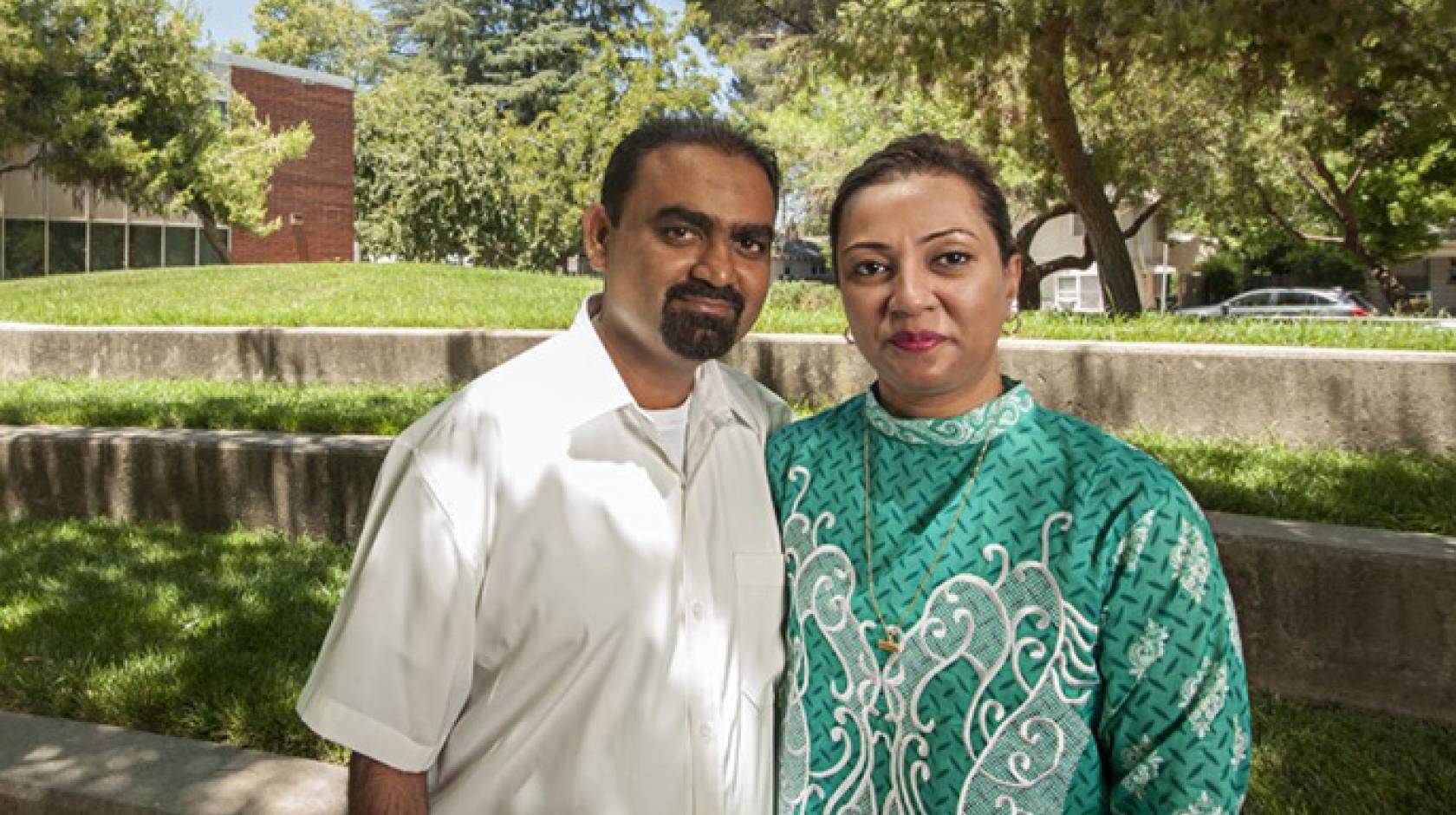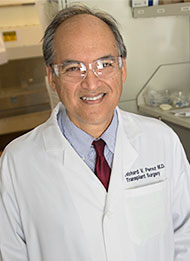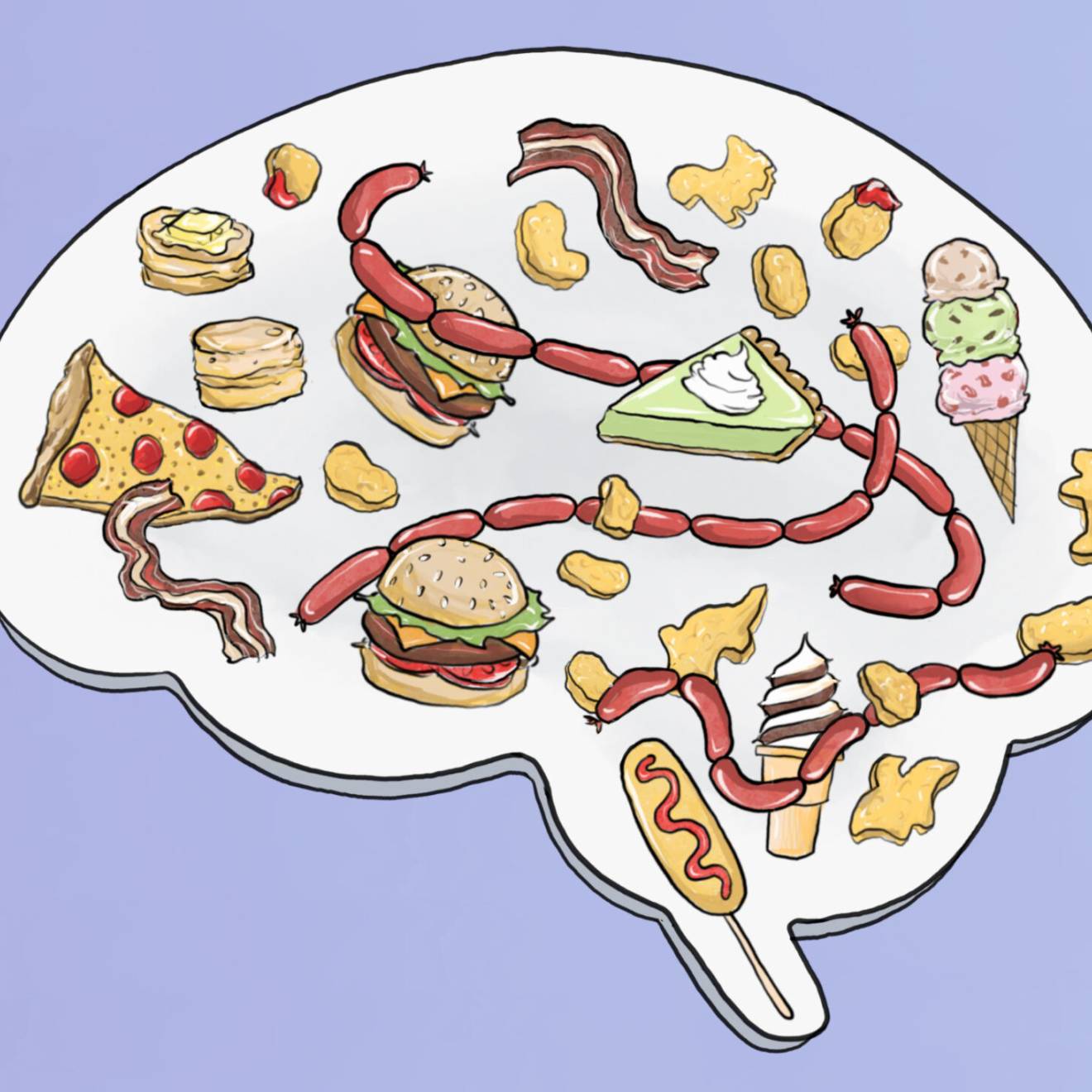Karen Finney, UC Davis

UC Davis physicians gave lifesaving kidney transplants to more than 400 people in 2016, making it the highest-volume kidney transplant program in the nation.
In addition to the rapid growth — more than fourfold in the past decade — outcomes for UC Davis kidney transplant program patients have consistently exceeded the national average.
Volume is an important factor transplant candidates consider when selecting centers for their care, because it is linked with experience and resources. It is also one of the reasons UC Davis was recognized in 2016 as a model hospital by the United Network for Organ Sharing (UNOS), the organization that manages the nation’s organ transplant system.
Across the system, the University of California is a leader in organ transplants. In 2016, UC medical center physicians performed nearly half of all organ transplants in California, and UC had the nation’s two largest providers of all organ transplants – UCLA and UC San Francisco.

Credit: UC Davis
The UC Davis Transplant Center has been within the top five programs in terms of kidney transplant volume since 2011, but this is the first time it has been in the top spot. Richard Perez, chief of transplant surgery, attributes the high numbers to UC Davis’ multidisciplinary team — from the transplant clinic to the operating room — that works closely with patients, donor families, hospital partners and organ-procurement organizations to make sure that transplants happen in Sacramento whenever possible.
“We are working very hard to close the gap between the number of people who need kidney transplants and the number of kidneys available for transplant,” said Perez. “But it’s an ever-worsening health crisis. With our commitments to transplant science and compassionate, collaborative care, we hope to continue to close that gap even further.”
Perez also credits the university’s transplant nephrology team, whose outreach clinics serve people on kidney transplant waitlists throughout central and northern California and northwestern Nevada. The result, according to Angelo De Mattos, chief of transplant nephrology, is the center’s statistically significant lower-than-expected waitlist and post-surgery mortality rates.
“We have made a big difference in extending lifespans by bringing expert care to patients who otherwise would not have access to pre- and post-transplant specialists,” De Mattos said.
De Mattos explained that all kidney transplant patients have end-stage renal disease (ESRD), which occurs when blood vessels in the kidneys become damaged. In the U.S., the condition is often a result of diabetes or hypertension. It eventually leads to organ failure and metabolic waste buildup in the bloodstream.
Just two treatments prevent ESRD from being fatal. Regular dialysis helps purify the blood with waste-capturing chemicals. The more effective option, however, is transplanting an organ, ideally from a living donor or a carefully selected deceased donor, as it restores kidney function.
Due to a shortage of available organs, surgery happens for less than a fifth of the 100,000 people on kidney transplant waitlists in the U.S. One reason for that gap is the number of deceased donor kidneys that are discarded, rather than transplanted.
“It’s a tragedy, because we know a lot of those kidneys are usable,” Perez said. “Kidney donors have been enormously generous with their gift of life. We have an obligation to make sure that generosity is fulfilled whenever possible.”
By leveraging its national network of relationships, UC Davis acquires many difficult-to-transplant kidneys that other centers lack the expertise to use. Comprehensive assessment processes, including onsite biopsies, the use of cold pulsatile perfusion technology and optimized donor-recipient matching, have increased the utilization of these organs. A high level of experience with complex surgeries, including those that involve kidneys from pediatric donors, has also contributed to the transplant program’s growth.
Perez is currently developing next-generation perfusion technology. Called normothermic perfusion, it infuses kidneys with red blood cells, oxygen and nutrients at normal temperature, providing a more realistic assessment of post-surgical performance and restoring organs that at first may not seem usable.
“We’re focused on moving this technology to the forefront, because we think it will be key to easing the nation’s organ shortage,” Perez said. “So far, it is leading us to believe that there are many more kidneys that can be used for transplant that are currently discarded.”
More information about the UC Davis Transplant Center and how to become an organ donor is at transplant.ucdavis.edu.
Data on U.S. transplant centers and patients is available through the Scientific Registry of Transplant Recipients and UNOS.

